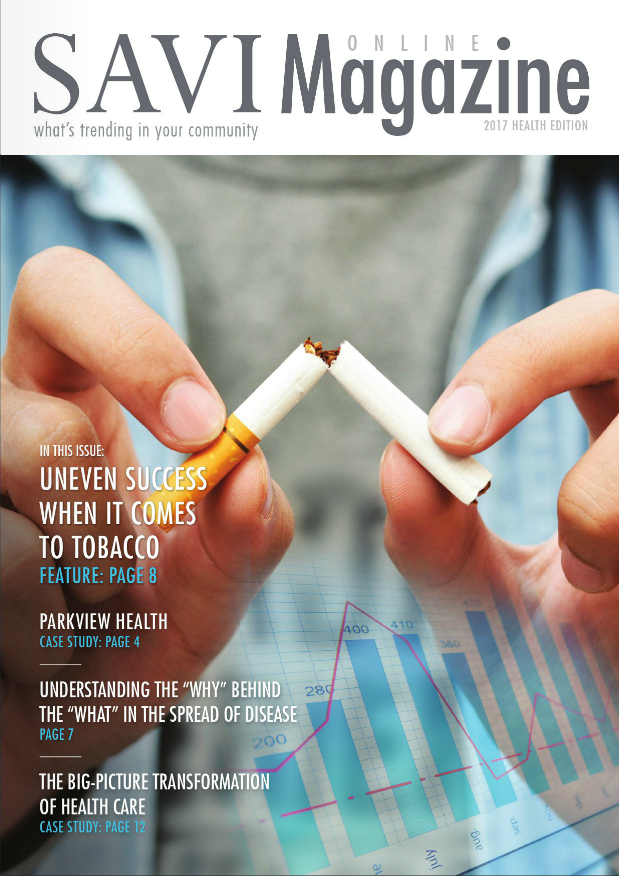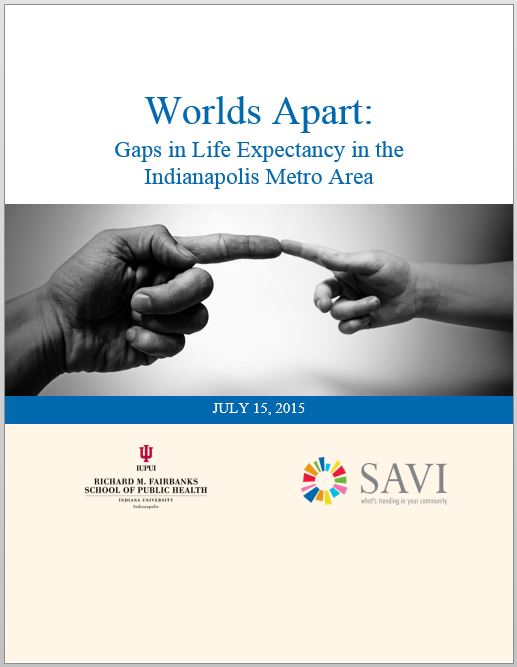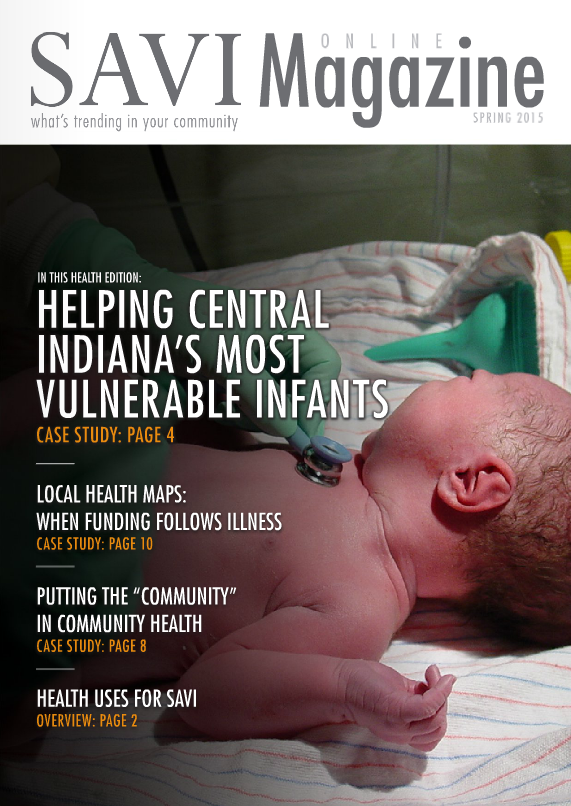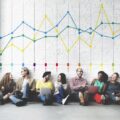 A team whose players complement each other well is sometimes described as “more than the sum of its parts.” Patrick T.S. Lai was drawn to Central Indiana because such synergies are emerging in the realm of health care.
A team whose players complement each other well is sometimes described as “more than the sum of its parts.” Patrick T.S. Lai was drawn to Central Indiana because such synergies are emerging in the realm of health care.
Lai, a doctoral candidate in the School of Informatics and Computing at IUPUI, says that the region has two resources that are valuable in themselves: a network of comprehensive electronic health records, called the Indiana Network for Patient Care, and The Polis Center’s SAVI database, which offers comprehensive community data.
By combining data from these resources for his dissertation work, Lai is trying to understand which neighborhoods have the highest rates of two sexually transmitted diseases (STDs), chlamydia and gonorrhea. But, he’s also aiming to understand why those neighborhoods have higher rates.
Getting at the “why” requires the kind of rich neighborhood profiles that SAVI offers, which when used with health record data “is a great opportunity to understand the underlying factors of disease.” Certain social factors influence and predict the rate of STDs in a given neighborhood. These “social determinants” include median income, education level, population density, and the unemployment rate, among others.
It’s well know that such factors play a role in disease transmission, but the exact relationship isn’t clear. Lai aims “to identify which social determinants contribute most” to STD rates in a neighborhood.
His work is important, he says, because “knowing some of the biggest contributors could guide us in thinking about how we can effectively combat and reduce the spread of disease.”
Another example of how SAVI is fostering healthcare synergies is the community public health course offered by Barbara Blackford, an assistant professor in the School of Nursing at Marian College.
Blackford assigns groups of nursing students to conduct a “windshield survey” of certain census tracts. Each group drives around its assigned area, making notes of the community’s assets and liabilities. Then, they use SAVI to flesh out their observations with hard data about the prevailing socioeconomic and physical conditions, and each group gives a presentation about what they’ve learned.
Before Blackford’s students began using SAVI five years ago, they drew on a variety of scattered sources to supplement their windshield surveys.
“SAVI makes it so much easier,” she says. “It’s been a fantastic tool to help my students consider social and environmental determinants of health.”








